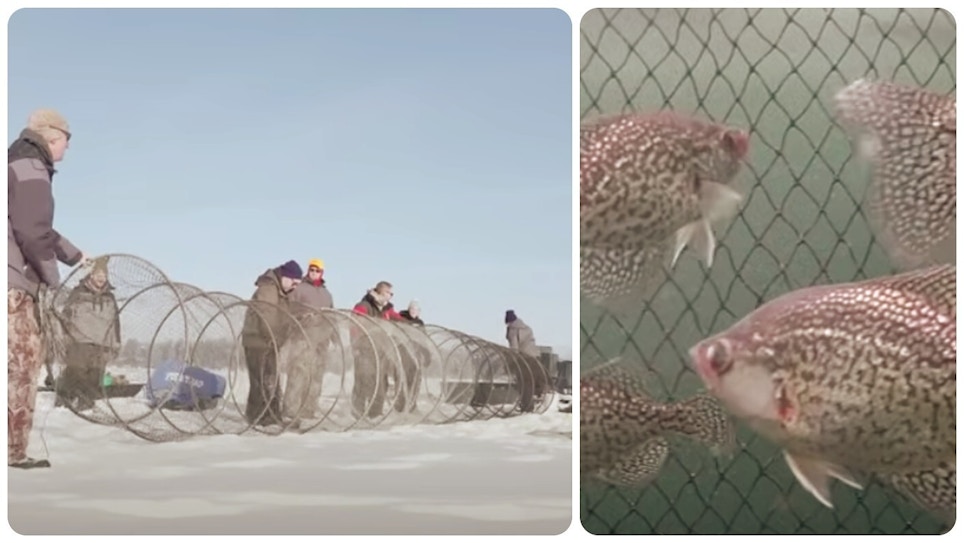Last winter the crew from Angling Buzz partnered with the Minnesota Department of Natural Resources on a pilot study to see the effects of barotrauma on crappies caught in deep water.
According to the Minnesota DNR, “barotrauma refers to injuries to fish (and humans) caused by rapid changes in barometric or water pressure. Fish caught from deep-water environments will likely experience traumatic and deadly injuries when they are brought to the surface. Symptoms include bulging eyes, bleeding gills, gas bubbles under the skin or an expanded swim bladder that pushes the stomach out of the fish's mouth. Some fish species are more susceptible, such as walleye, perch, bass and crappies.”
In the 14-minute YouTube video below, you’ll see the effort it takes to conduct a wintertime crappie survival test on two different lakes (50 crappies tested on each lake). The video hosts also reveal the results of a test from a third lake (again, 50 crappies).
As you’ll see, when it comes to avoiding significant injury or death due to barotrauma, there appears to be a “magic number” in terms of depth. When a suspended crappie is caught from a depth of 25 feet or less, there’s a very good chance it will survive after being released. Note: It also helps if you bring up a fish slowly so its body can adjust to the pressure change. Crappies caught from 28 feet or more are quite likely to suffer significant injury or death due to barotrauma.
This pilot program was conducted during the winter of 2022/2023 and additional tests are planned for this winter. We’ll keep you posted as the information becomes available.
The lesson to be learned is clear: If you catch a fish from deeper than 28 feet, the ethical thing to do is keep it, unless it must be released due to a slot limit. If you release the fish, it will almost certainly die. Catch-and-release anglers should target shallower water to ensure the survival of the fish they release.






